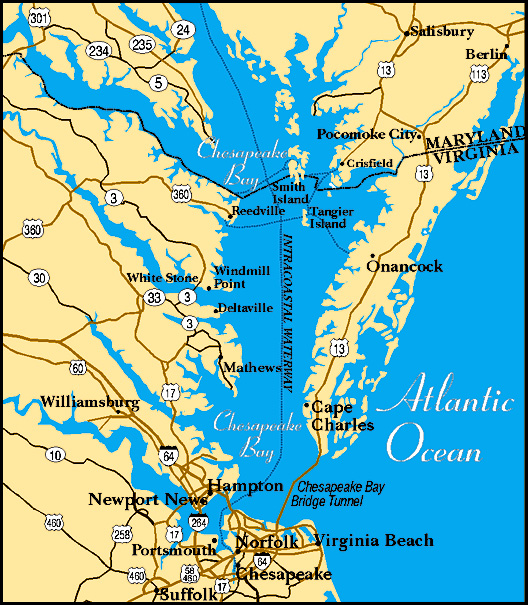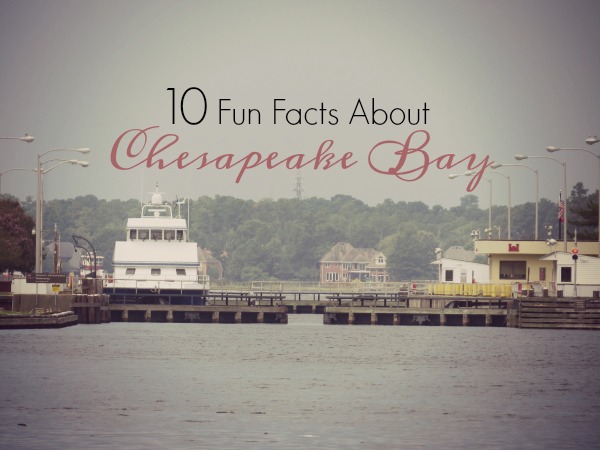Mobjack Bay to Fishing Bay
/Day 3 - 31 nm (passage total: 80 nm) The guys were up at 0530 removing the old impeller and replacing it with a new one. We hauled anchor by 0715. We were thankful for the thick, black river mud that had held us firmly during the night, but now spent 30 minutes cleaning the muck off the chain and anchor before getting underway.
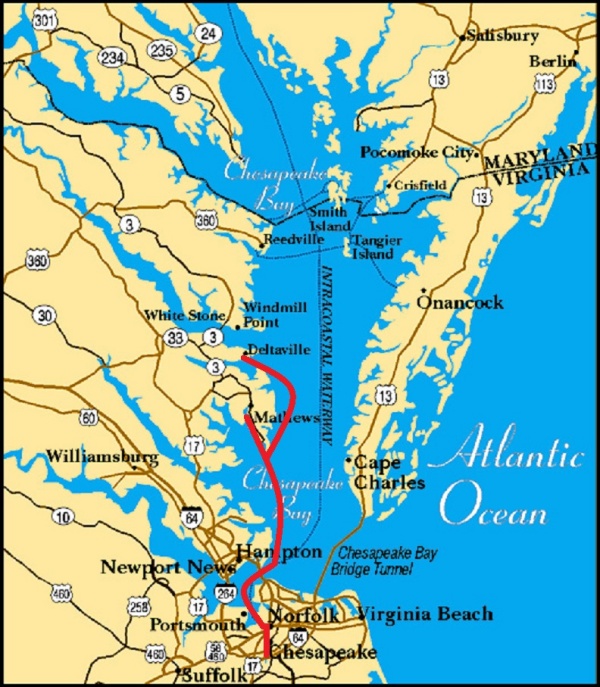
The new impeller did the trick and the engine temp stayed steady in its normal range. Cups' speed was greatly enhanced without all the barnacles on her prop. All was good. We passed by New Point Comfort Light as we left Mobjack Bay and re-entered the Chesapeake.
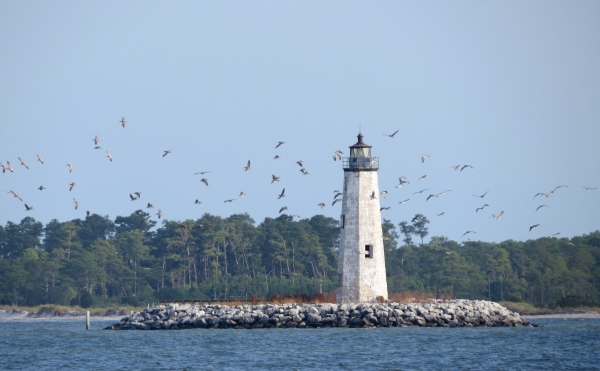
It was right about that time that David announced the the forward head pump was broken. Really?
Paul went below and the two guys spent several hours trying to fix it. We had an older spare pump aboard, but when it was installed, it didn't work either. They finally exchanged the aft head pump for the forward pump and all was well … until it was determined that the hose from the head to the holding tank was clogged and the head was still unusable. David tried using muriatic acid, but to no avail. Sigh!
We passed Wolf Trap Light, then headed to port up the Piankatank River. Our destination for the evening was Fishing Bay, a lovely wide open, deep water bay, perfect for an overnight stay. We anchored and the guys got to work on the forward head again. They removed the connecting hose between the head and the holding tank … a mighty effort. It was clogged with thick, hard calcium deposits. Evidently all his regular treatments with muriatic acid along the way had not been all that successful.
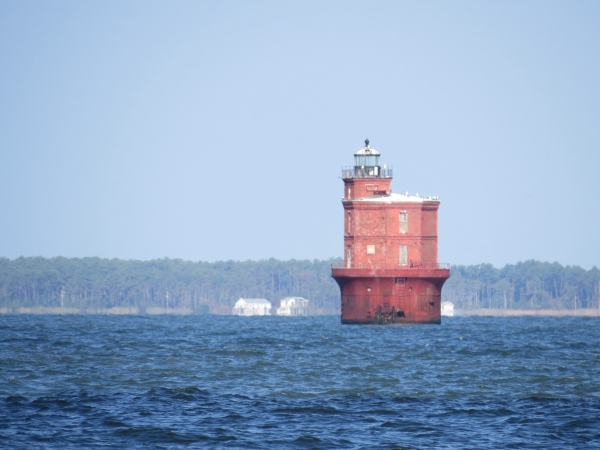
They worked for several hours and finally reassembled the whole works with excellent results. Whew! Traveling without a working head would have been a bummer. We have an aft head, but we rarely use it unless we're at sea because it is not connected to a holding tank.
The area was scenic with a lovely little marina and Deltaville, with its shops and museum, was just a short walk across the peninsula. By the time the job was complete, however, it was too late to launch the dinghy and head into shore. We settled for a glass of wine, dinner and a game or two of cards aboard. By 9pm (aka cruiser midnight), we were all ready for our bunks.
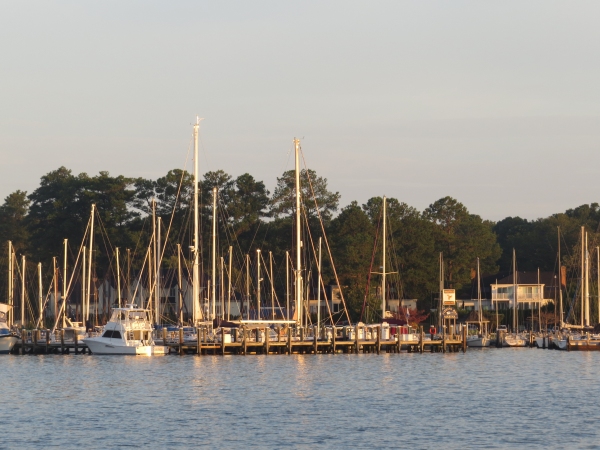
Two things to note here: 1) We're not traveling very far each day by choice; and 2) we haven't been off the boat since we left AYB. Tomorrow we're hoping for some shore time to stretch our legs and see what we can see and, please, no more hissy-fits from the sulking Nine of Cups.


